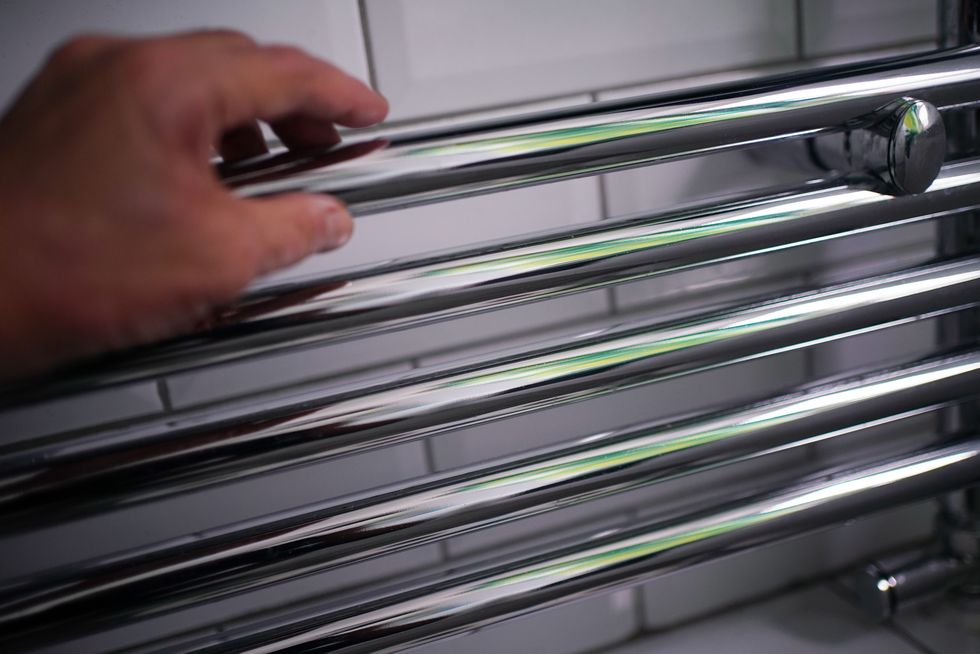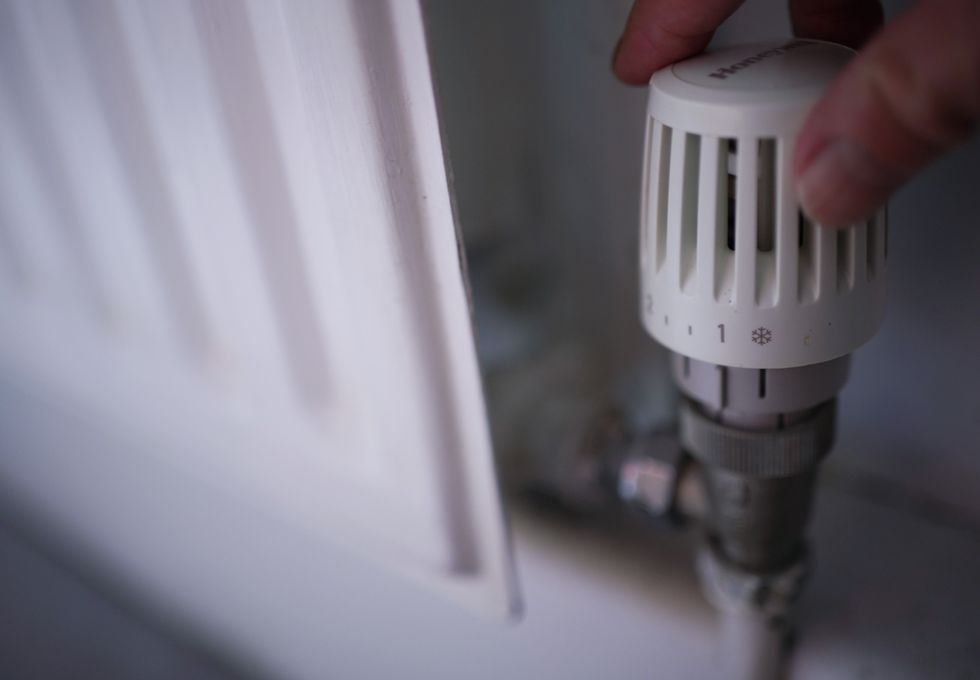PA/GETTY
The cold and damp weather this weekend could wreak havoc for your property
Don't Miss
Most Read
Trending on GB News
Britons may not notice gaps in their home until the temperatures start to drop.
Experts have shared how to cover these up to save energy, keep the heat in and reduce the risk of mould.
Heating expert at MyJobQuote Matthew Jenkins said: "If you’re turning up the central heating and finding it doesn’t stick around for long, there’s a problem.
"Draught proofing is the art of blocking unwanted gaps that let cold air in and warm air out.

There are some ways to better trap heat from the radiator
PA
"Not only that, but it’s one of the easiest and most effective ways to save energy and money on bills over autumn and winter.
"Draughts are uncontrolled, waste a lot of heat and even increase the chance of mould.”
Many homeowners may not realise, but keyholes and letterboxes could be causing a chill in a property.
Matthew continued: "Though only small, heat can be lost through the keyhole of an old front door as well as letterbox and around the frames. To draught proof a front door, purchase a keyhole cover and letterbox draught excluder.
"It’s also wise to check the rubber seal of the door for any dryness and give it a clean of any debris.
"Keeping on top of this reduces the chance of erosion to the rubber seal which could let warm air out if damaged."
The cold weather means many will turn their radiators on for the first time this year.
Experts shared the exact date homeowners should look to turn on their heating.
There are some ways to make radiators more effective at heating up a property.
LATEST DEVELOPMENTS

Many people will have turned their heating on this week
PA
"Insulating a radiator might sound redundant," the expert continued.
"However 50 per cent of heat emitted from the radiator is directed at a wall which can lead to a draughty room when a lot of it is absorbed into the wall.
"Installing reflective foil insulation behind your radiators results in more heat being reflected into the room instead of being lost."
If mould occurs, experts shared how to get rid of this with a "simple and easy" homemade cleaner.








